Active Education Posts


How To: Discover the Hidden Colors in Everyday Objects with This DIY Video Spectrometer
A spectrometer is a device that splits light into all of the different colors it's composed of that can't be seen with the naked eye. It does this by using a prism to refract or bend the light. Jeffrey Warren over at Public Labs created a tutorial showing how you can make your own video spectrometer and create spectra like the one pictured below. Any guesses as to what the subject is? Believe it or not, that's what whipped cream looks like when viewed through a spectrometer. You can do this w...
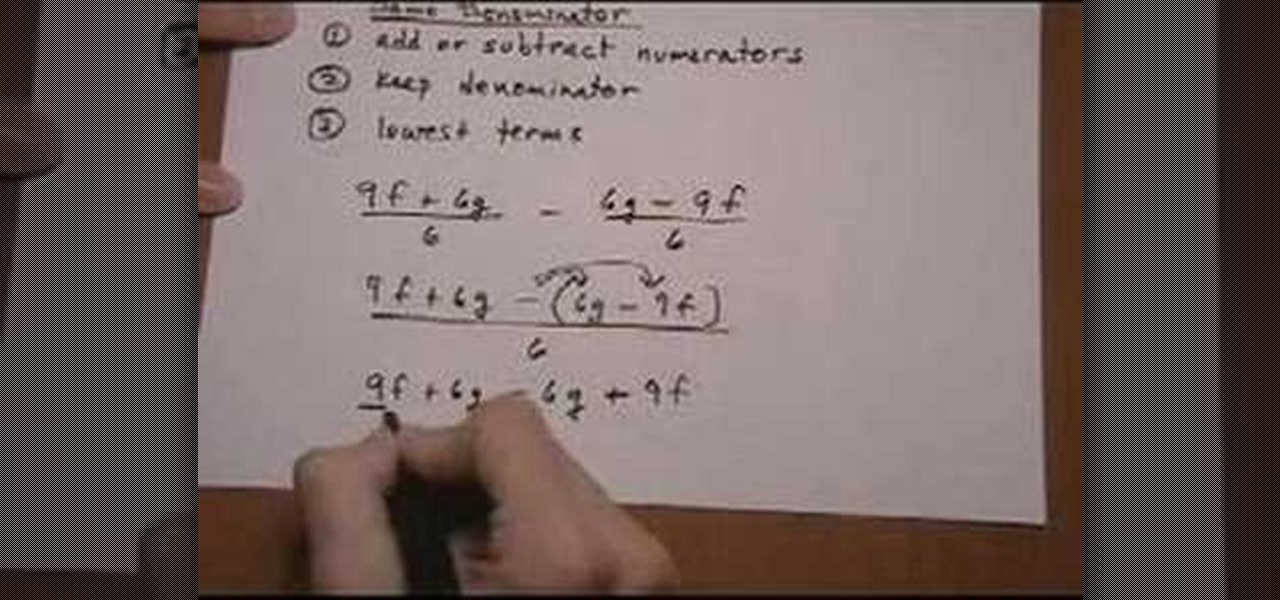
How To: Add/subtract rational expressions w/ same denominators
This is about adding and subtracting expressions with the same denominators. Go back to simple arithmetic such as 5/6-2/6. All you do is go right across and 1.)Add or subtract the numerator (5-2). 2.) Keep the denominator. 3.) Change to lowest terms. Use the same general rules. In the problem: 9f+6g/6 - 6g-9f/6, you put the numerator all together so that it reads: 9f +6g - (6g-9f) put parenthesis around the second part so you don't forget to distribute the whole part. The 6g's cancel out and ...
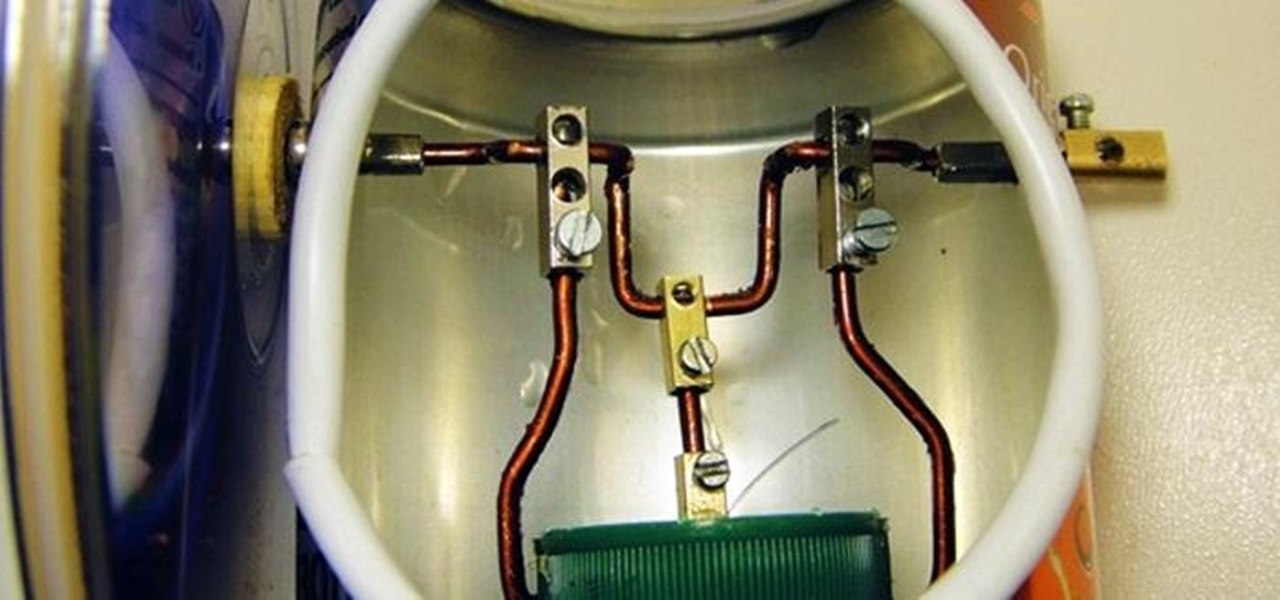
How To: Make a Soda Can Stirling Engine
Ever wonder how to make an engine out of soda cans? Not even sure if it's possible? These videos will show you how to build a working Stirling engine out of cans and other general materials. Here it is in action:
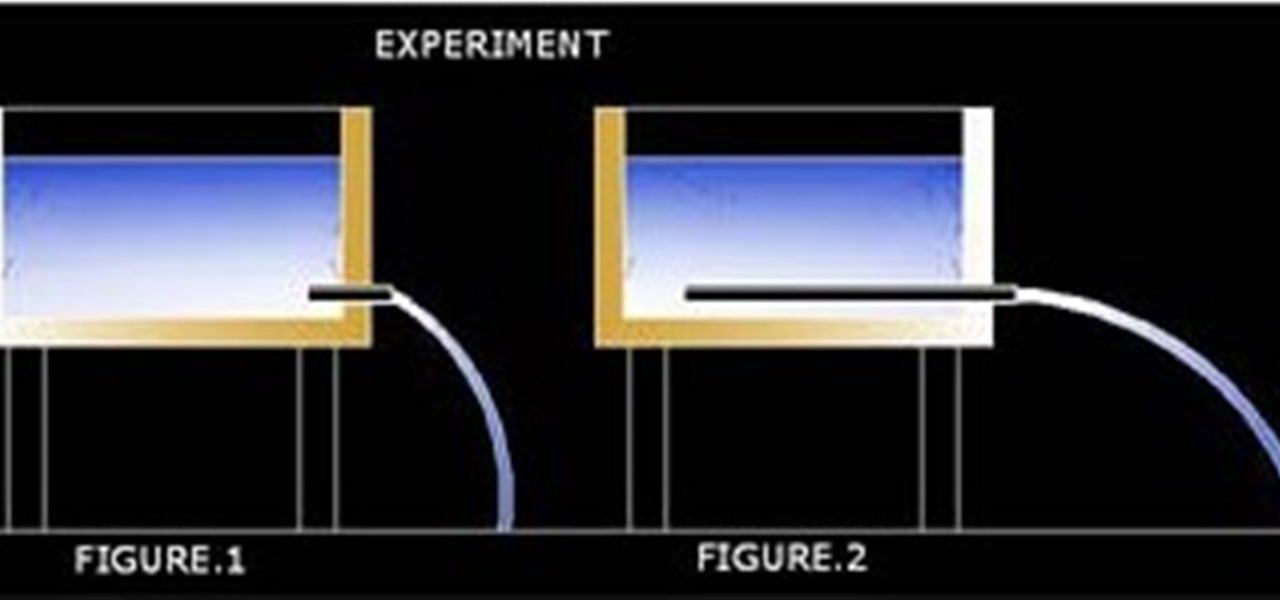
How To: Improve Water Head
An experiment was carried out at our laborataries to investigate the flow through two pipes of same diameter fitted at the same height from water level inside of a water tank as shown. It is found the longer pipe line inside the water tank generates a higher speed resulting more powerfull flow. Flow in this pressure pipe develops due to gravitational accelaration on a horizontally flowing water column also, when it is an enclosed stream of flow. If this length is short it is not possible to d...
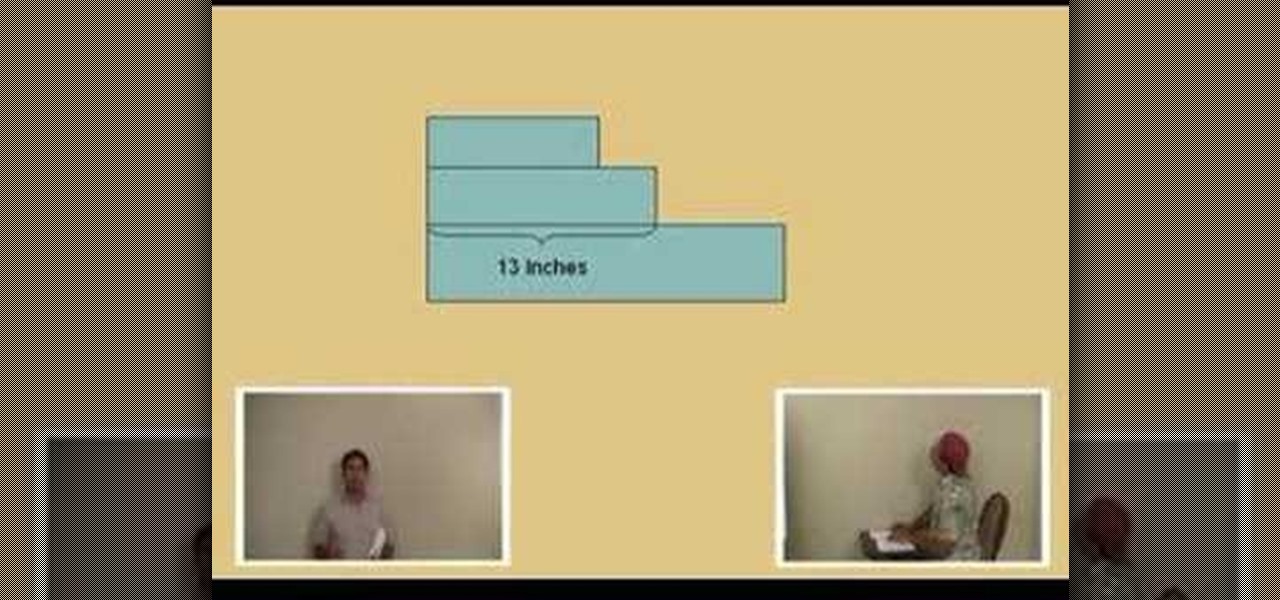
How To: Find volume using rectangular prisms in pre-algebra
Lawrence Perez, from Saddleback College, and his assistant Charlie, give this pre-algebra lesson on finding the volume using rectangular prisms. You'll learn the formula for volume, and how to apply it. Get out your best pirate suit, and learn some math.

How To: Transfer sound over a laser light
Check out this low cost project. This video will show you how to transfer sound over light! Yes, this is possible. You'll transfer a sound with a distance of 5 meters, but you may experiment on greater distances if you'd like. You'll need a laser (or an LED) for this audio project, one Opto transistor (or resistor), one 3-volt battery, two mono audio jacks, and some alligator clips. Just watch this cool electronic audio experiment and try it out yourself.

How To: Find chemicals for science experiments
Watch this science video tutorial from Nurd Rage on how to find chemicals for science experiments with Dr. Lithium.
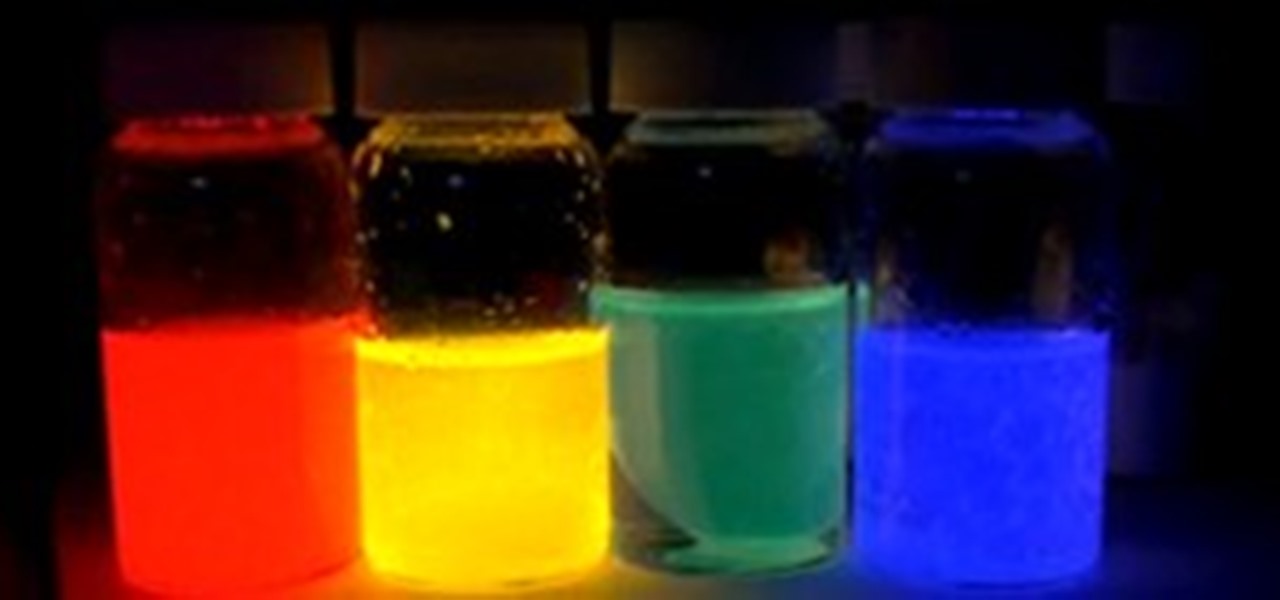
HowTo: DIY Glow Sticks
WonderHowTo favorite (and pal) NurdRage brings us another great science tutorial. Making glow sticks at home is not necessarily cheaper, but it's a great science project. Check out the video below to learn not only how to make the glow sticks, but also all about fluorescent dyes (and why Mountain Dew will not do the same thing). Previously, NurdRage Shatters Mysteriously Procured Human Heart.
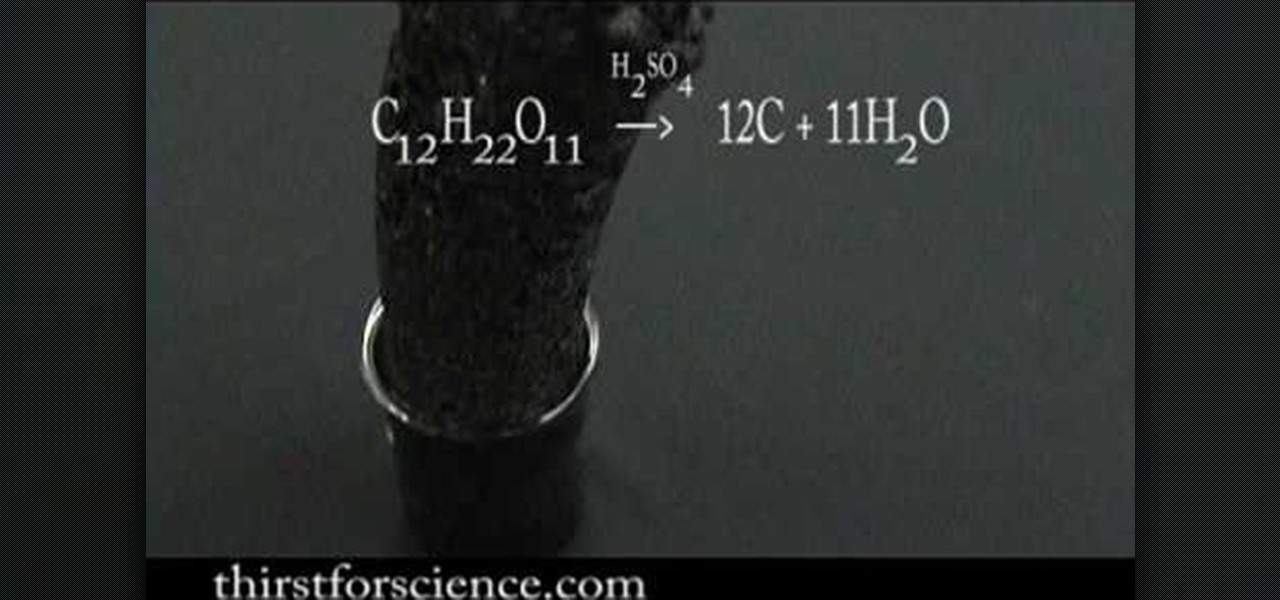
How To: Make a Sugar Snake with Sulfuric Acid and Sugar
Sugar (a carbohydrate) is dehydrated with concentrated sulfuric acid. Since a carbohydrate was once considered just hydrated carbon, if you remove the water, carbon would be left over. The acid rips the water out of the sugar and the heat generated by this reaction causes the water to turn to steam. A black mass of carbon is produced.
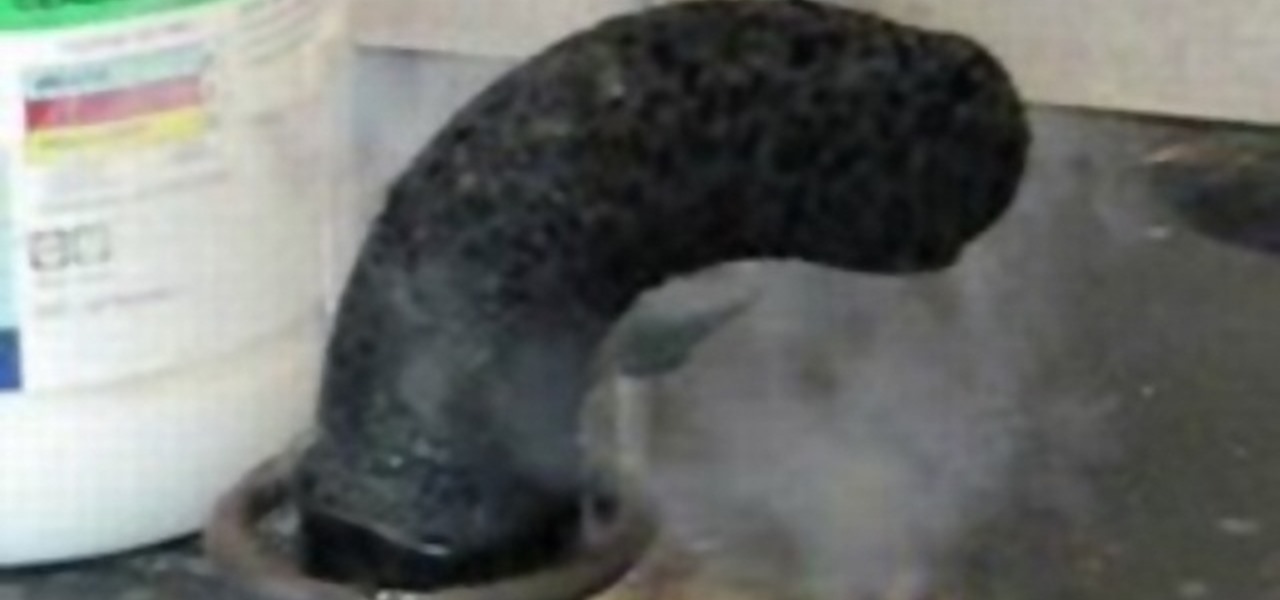
How To: Make a Sugar Snake from Sulfuric Acid and Sugar
Sugar (a carbohydrate) is dehydrated with concentrated sulfuric acid. Since a carbohydrate was once considered just hydrated carbon, if you remove the water, carbon would be left over. The acid rips the water out of the sugar and the heat generated by this reaction causes the water to turn to steam. A black mass of carbon is produced.
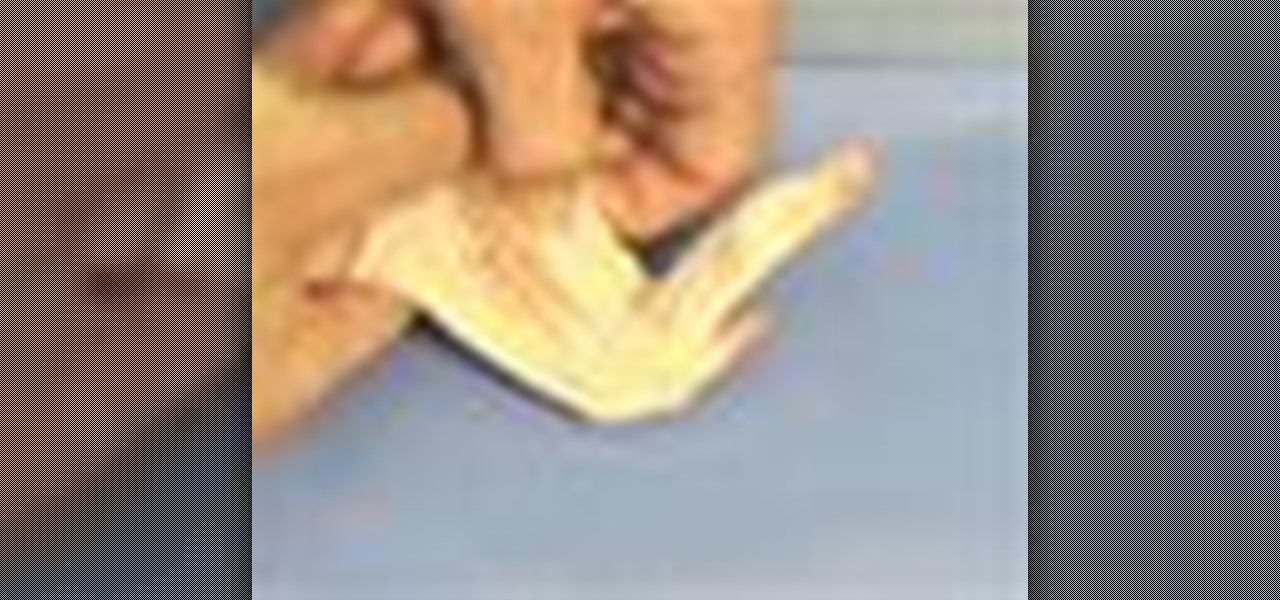
How To: Dissect a chicken wing
You've gotten enough satisfaction from gorging on fried chicken wings, so now it's time to learn the science of them. And not—we're not talking why they taste so freaking good, but how they work, pre-fried food. We're talking anatomy class, and if you can eat a piece of chicken, then you surely can dissect a chicken leg for educational reasons. Watch this video to learn about the chicken's triceps and bicep muscles, as well as what happens when the biceps and triceps contract.

How To: Solve a probability math word problem
In this lesson, you will learn how to solve a probability word problem. Need help with your algebra and geometry? Well...
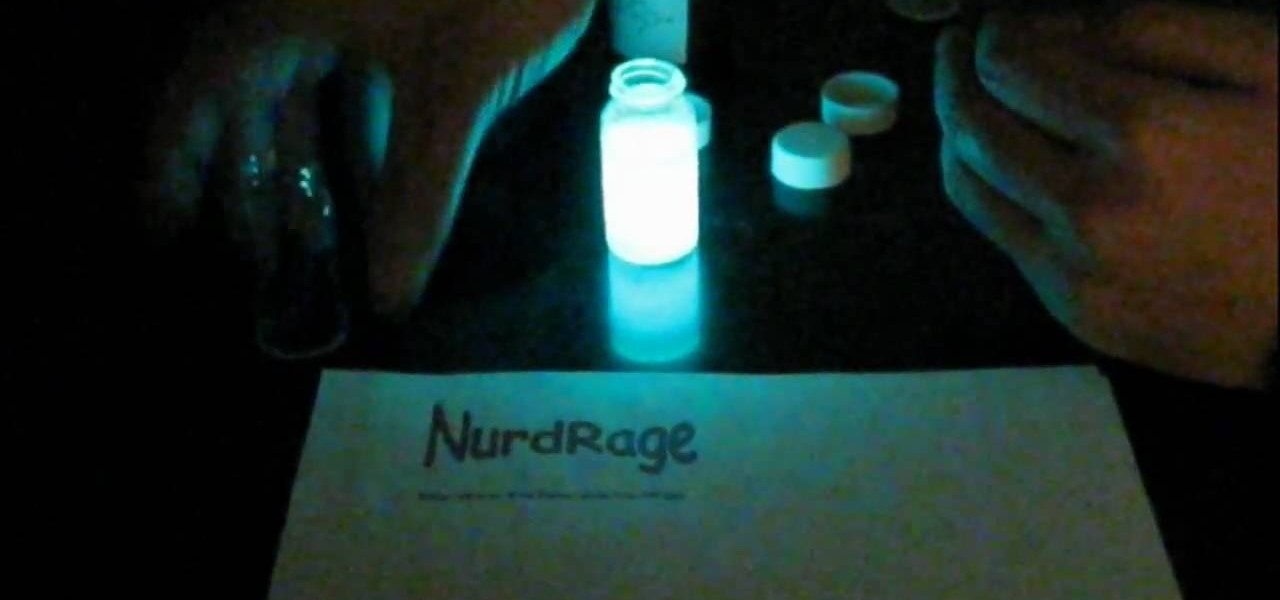
How To: Make a glow stick reaction with real chemicals
Watch this science video tutorial from Nurd Rage on how to make a glow stick reaction with real chemicals.

How To: Solve a quadratic equation by completing the square
From Ramanujan to calculus co-creator Gottfried Leibniz, many of the world's best and brightest mathematical minds have belonged to autodidacts. And, thanks to the Internet, it's easier than ever to follow in their footsteps (or just finish your homework or study for that next big test). With this installment from Internet pedagogical superstar Salman Khan's series of free math tutorials, you'll learn how to solve quadratic equations by completing the square in intermediate algebra.
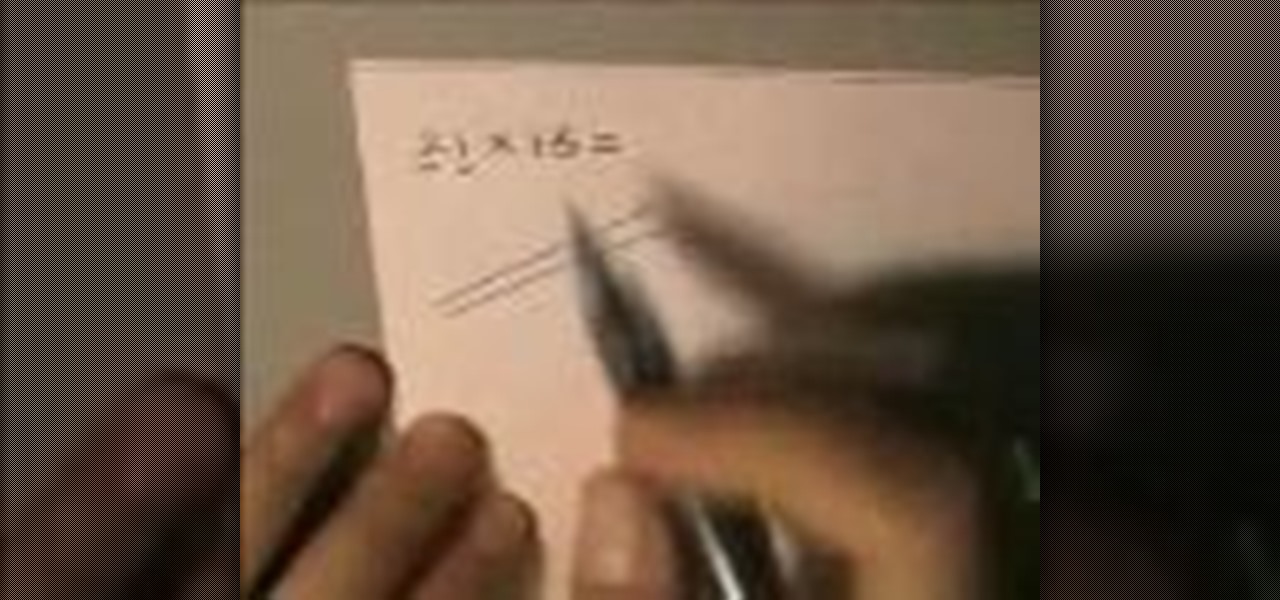
How To: Calculate math without a calculator
Before the calculator and even the abacus was invented, there was a little instrument called the human brain that we used to do math. Remember that? While most of us turn to our trusty Ti-84s to do calculus homework or whip out our cell phone calculators to determine how much we should tip at Johnny Rocket's, it can often be much faster to use our own brains, along with a piece of paper and pencil.

How To: Combine cations, anions, and energy to make ionic compounds
Studying chemistry is a complex but potentially lucrative activity. If you're studying ionic compounds and need some help understanding how they work, look no further. THis video will explain how the two types of ions: anions and cations, and energy combine to create an ionic compound.
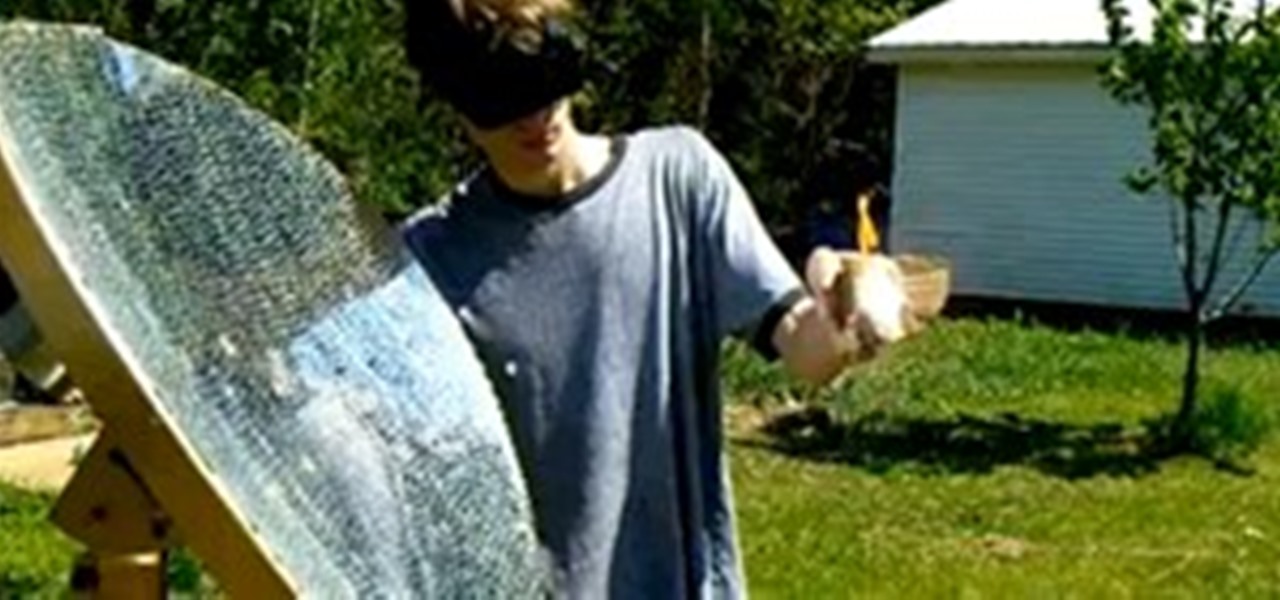
News: Building a Bonafide Solar Death Ray Sounds Too Easy
Eric Jacqmain is one smart cookie. Borrowing from the same principles of Archimedes’ mythological death ray, the Indiana teenager used an ordinary fiberglass satellite dish and about 5,800 3/8" mirror tiles to create a solar weapon with the intensity of 5000x normal daylight. The powerful weapon can "melt steel, vaporize aluminum, boil concrete, turn dirt into lava, and obliterate any organic material in an instant."

How To: Break hearts with liquid nitrogen
You'll be breaking hearts this Valentine's Day, literally, you'll be "breaking hearts"… if you try this science experiment. A live heart. That disgusting thing you swear your love by. How do nerds break hearts? With liquid nitrogen!
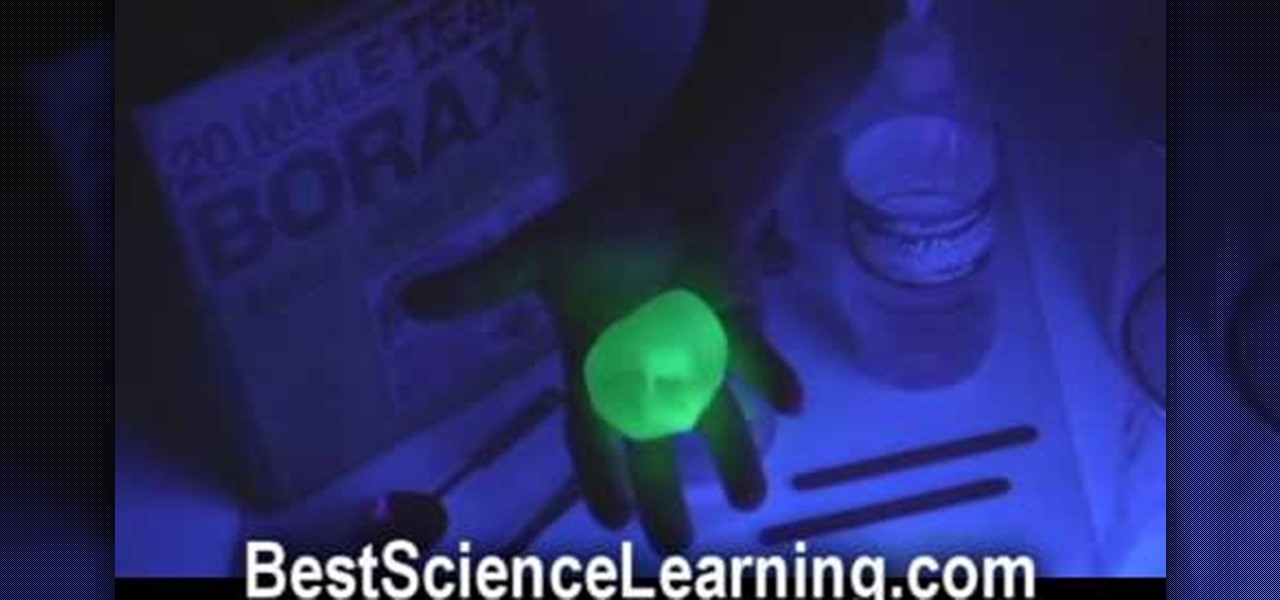
How To: Make a bouncy ball and glow in the dark goo
Here's a cool video! By combining two readily accessible liquids, you can make yourself a cool bouncey ball. This how-teaches kids about polymers, chemicals. You'll also learn in this video how to make glow in the dark goo. Just what the world needs!

How To: Make a Leyden jar to store static electricity
Do you even know what a Leyden jar is? Well... it's an early form of capacitor made from a glass jar with layers of metal foil on the outside and inside. This video tutorial will show you how to make a Leyden jar to store static electricity. This Leyden jar will give you a powerful shock!
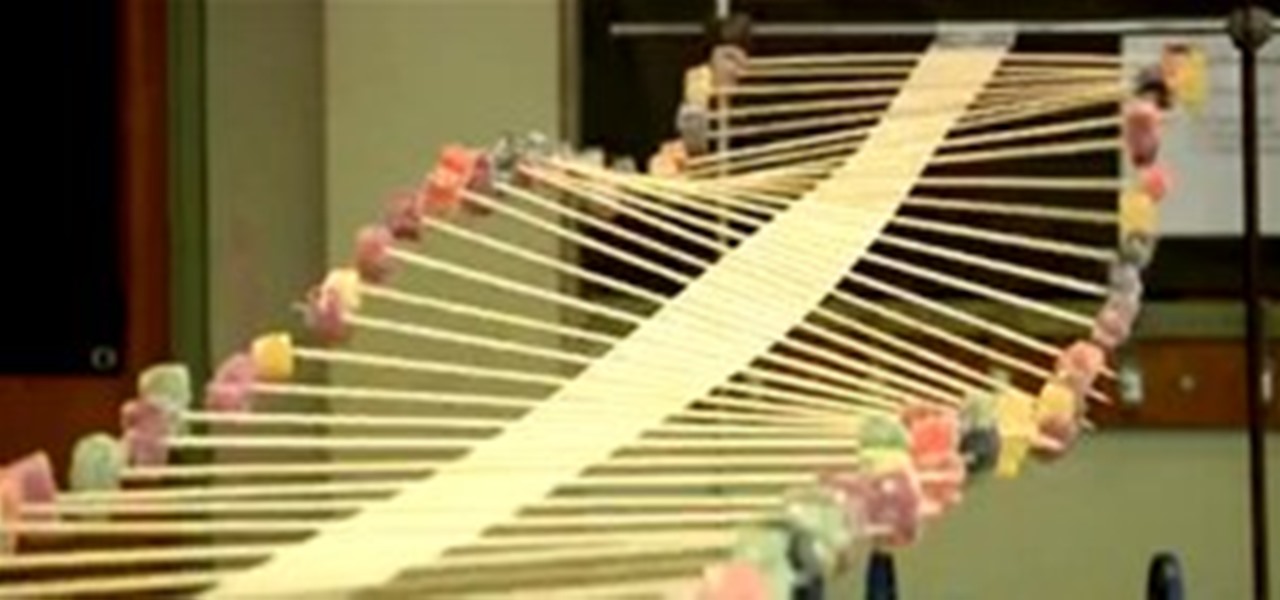
News: Build Your Own Oscillating Wave Machine
Transverse wave motion is the beautiful rippling effect that occurs when a moving wave causes oscillations that travel perpendicular to the direction of energy transferred. (For example, via Wikipedia: "If a transverse wave is moving in the positive x-direction, its oscillations are in up and down directions that lie in the y–z plane.")
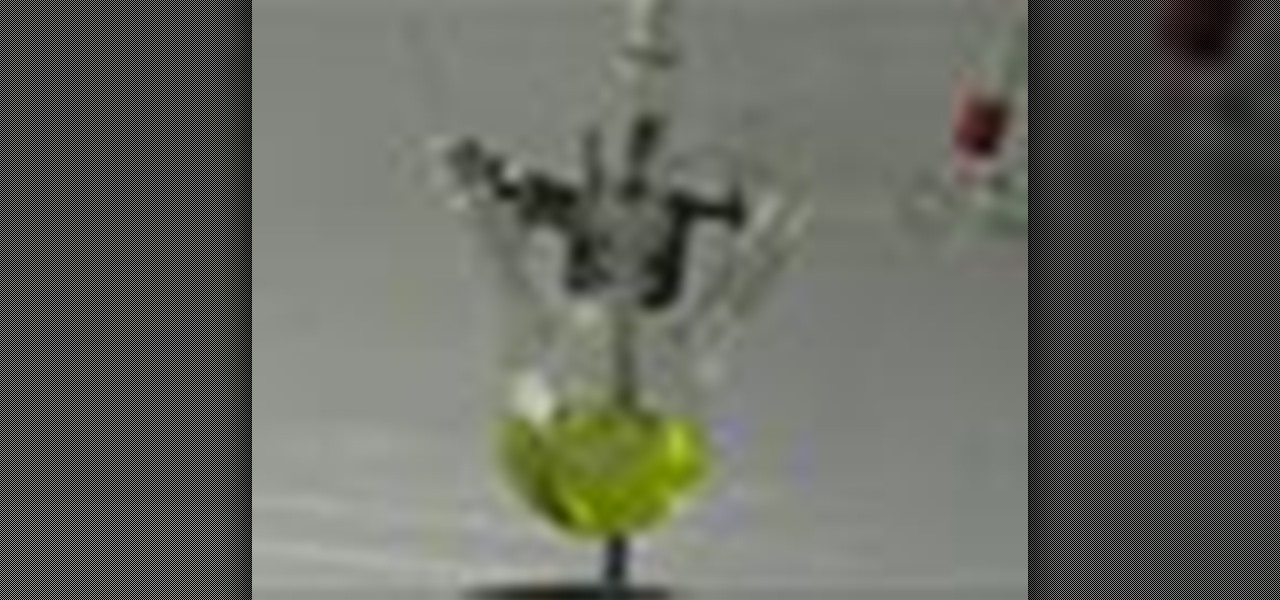
How To: Perform vacuum distillation in the chemistry lab
Vacuum Distillation is a distillation carried out at reduced The Interactive Lab Primer (ILP) has been developed as part of the Royal Society of Chemistry Teacher Fellowship Scheme, one of the themes of the Chemistry for Our Future program, and initiative which aims to secure a strong and sustainable future for the chemical sciences in higher education. The aim of the ILP is to address the diverse range of experience and skills students bring with them to a university by offering a resource t...
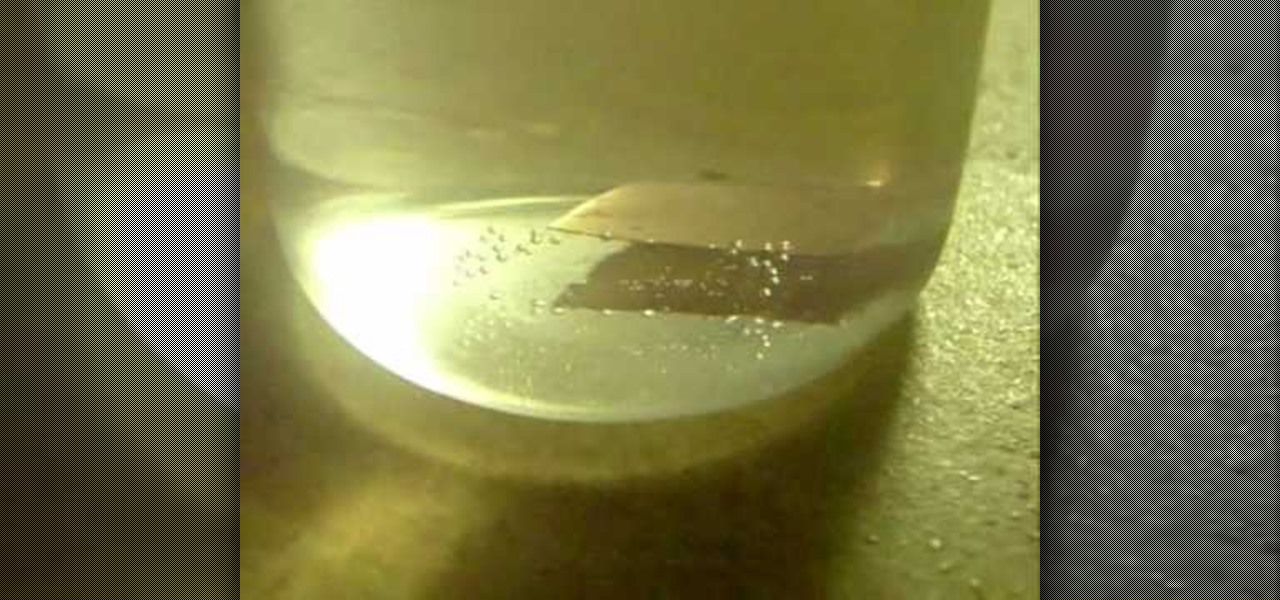
How To: Understand how metals react in hydrochloric acid
In this video tutorial the instructor talks about Hydrochloric acid (HCL) and how it reacts to a few metals. To try this out take 30 ml of concentrated hydrochloric acid in a beaker. You need to employ caution while handling acids, especially if you use strong ones. Now you can throw small pieces of different metals into it carefully to see how it reacts with different metals. For instance when this HCL comes in contact with metals various reaction take place depending up on the metal. Like i...
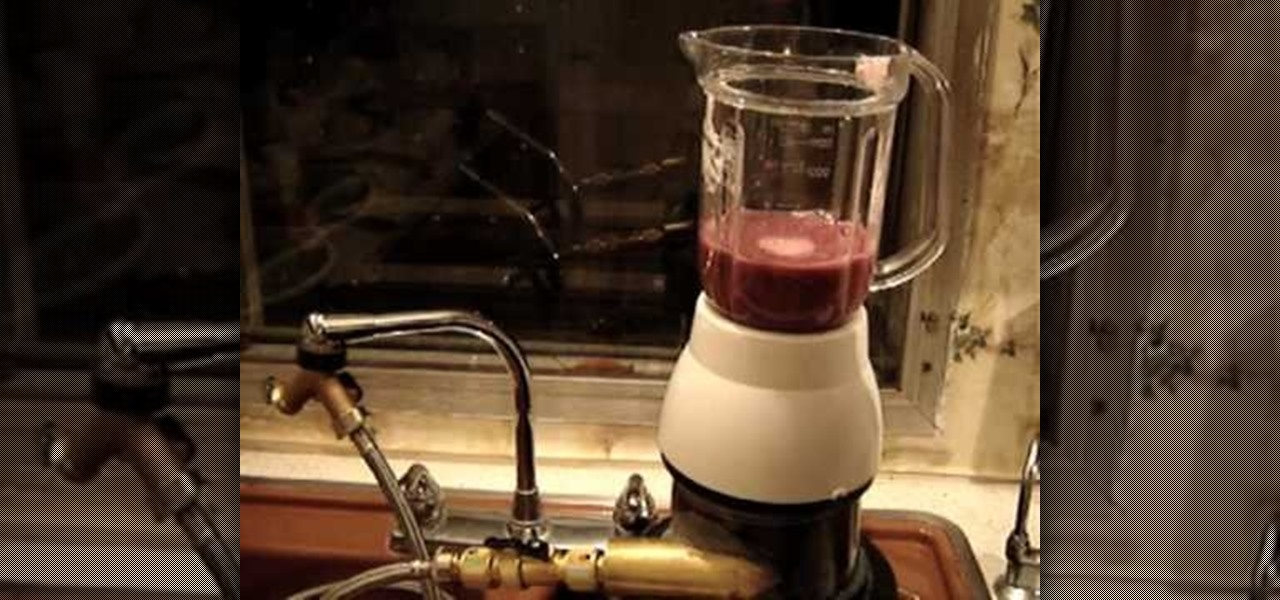
How To: Blend things with a Tesla CD turbine
The Tesla CD Turbine Blender Attachment is a SinkScience test of the new Kitchen Edition of the CD Turbine mated to a recycled blender from the Thrift Store. The CD Turbine, made with recycled CD's and neodymium magnets, is running only on faucet water-pressure power.

How To: Dissect a cat to see the anatomy
This video tutorial is on the dissection of cat, focusing on the digestive, circulatory, and respiratory systems. You'll see the duodenum, the colons, and even the rectum of these cute little kitties. This anatomical look inside of a cat is a great look at the science of the body.
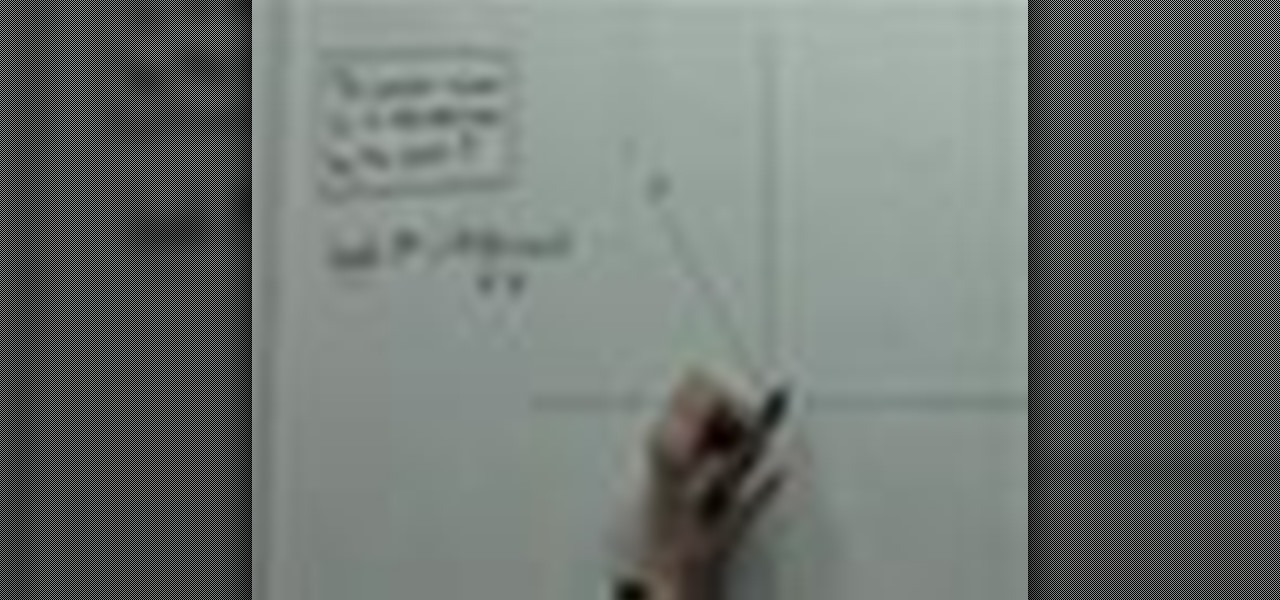
How To: Calculate the modulus and argument of a complex number
Need a little help with your math homework? No problem, the Math Centre offers students video tutorials that will provide as a reference guide for self-study. Students get self-study resources targeted to the needs of individual courses, and teachers gain generic mathematics support and study materials for use with students.
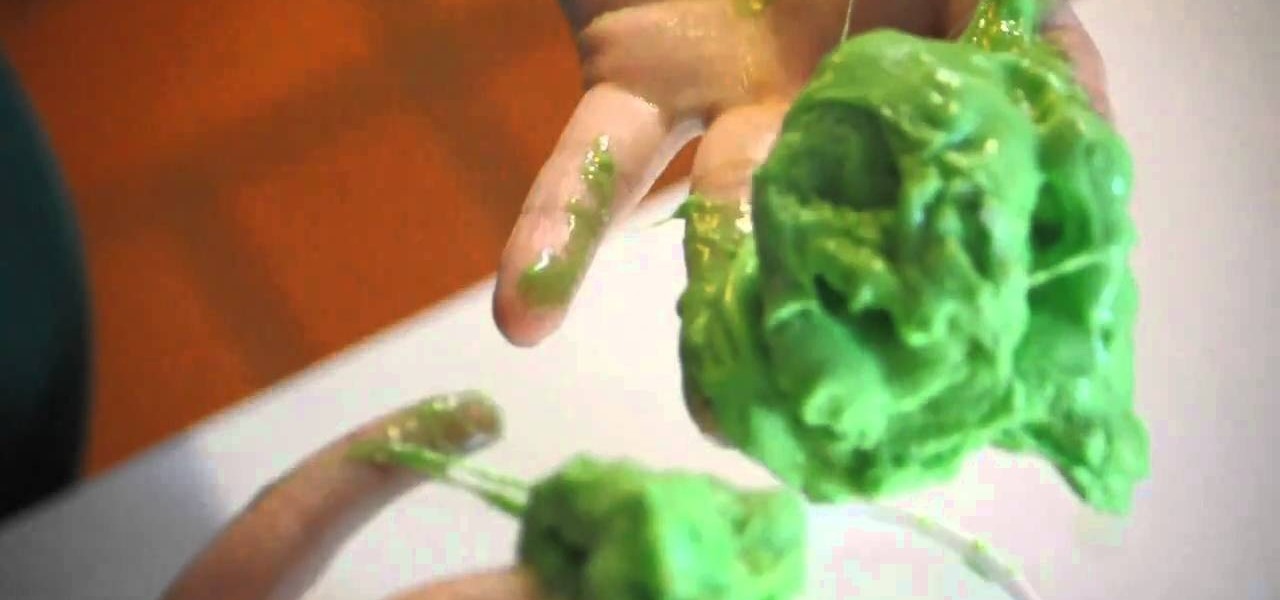
How To: Make fun green slime with borax and Elmer's Glue
The only thing slimier than Charlie Sheen's latest sex scandal is this super sticky and icky green slime, made with borax and some Elmer's Glue. Gain the sticky molasses of experience by checking out this science tutorial on how to whip up a batch of green goo.
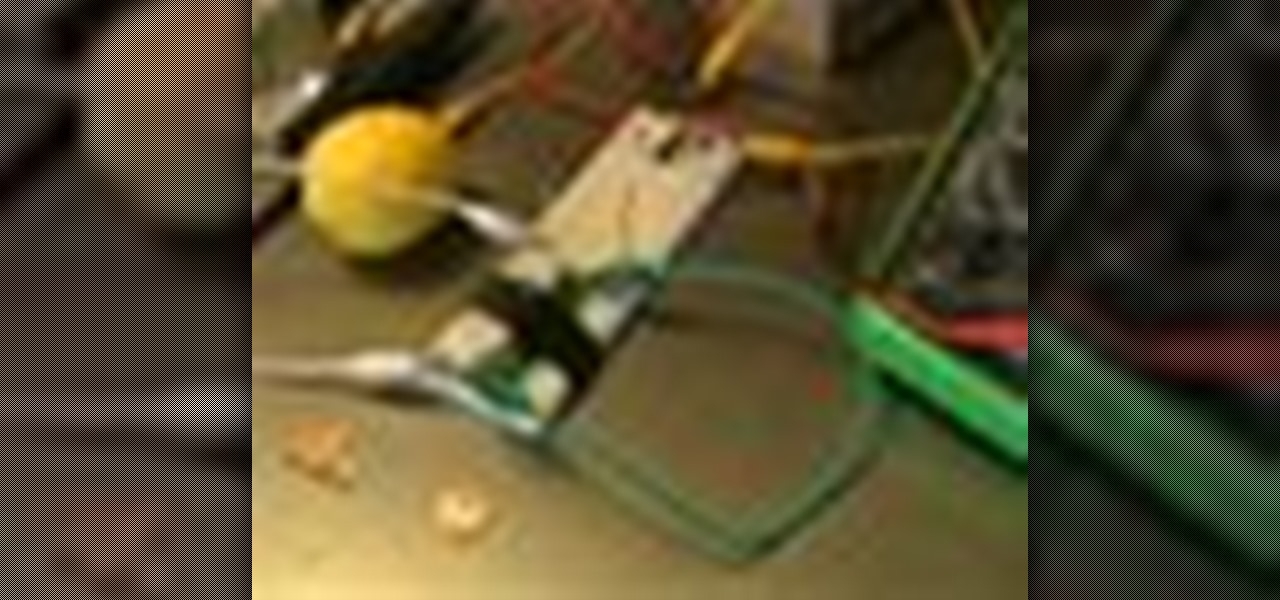
How To: Do electrical circuit experiments
Electricity can be conducted through a variety of unexpected mediums, including Jell-O, lemons and potatoes. Learn more about electric circuit experiments in this free science experiment video from a professional audio engineer and instrument builder.
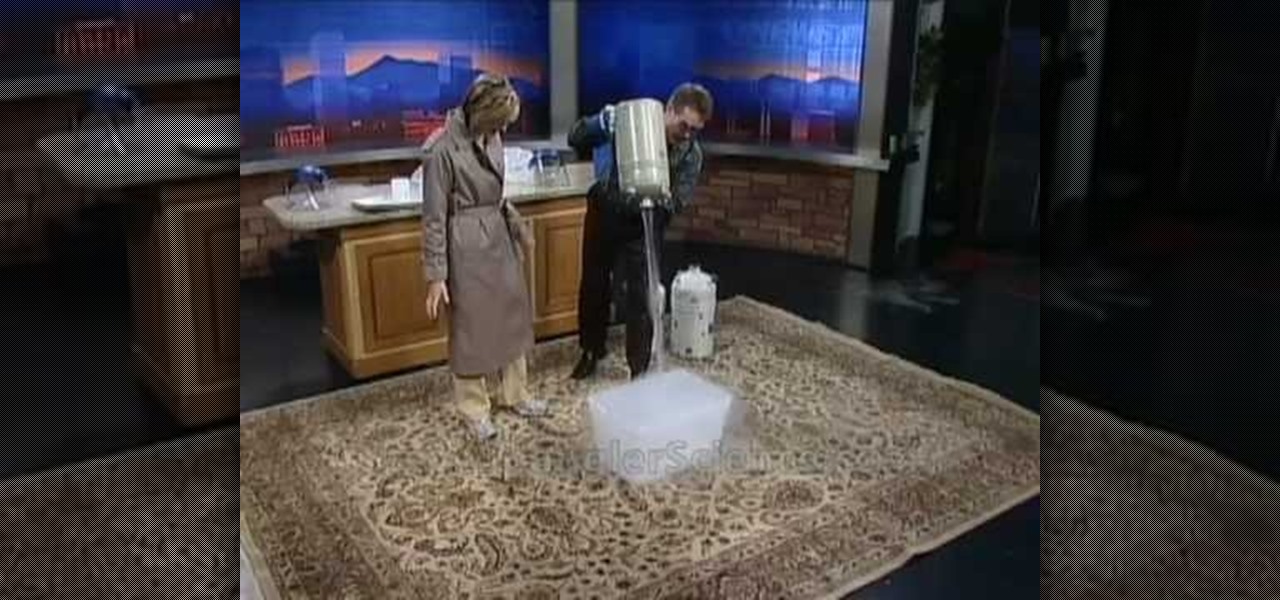
How To: Make a liquid nitrogen explosion
In this how-to, Steve Spangler shows us the power of liquid nitrogen, and how you can use it to make quite a powerful explosion. Now this isn't something you'll likely try yourself, but you'll learn something, and hey, that's pretty cool.

How To: Make verdigris with copper and vinegar
In this tutorial, we learn how to make verdigris with copper and vinegar. Verdigris is a compound of copper that is blue and powder. You will need: copper metal, vinegar, a big jug, and a small beaker. Now, place the small beaker inside of the jar, then fill the bottom with vinegar. Next, put the piece of copper metal inside of the jar making sure it sits inside the small beaker. Seal this and put it in a safe and dry place. Leave it for a good month, then when you come back you will have a n...
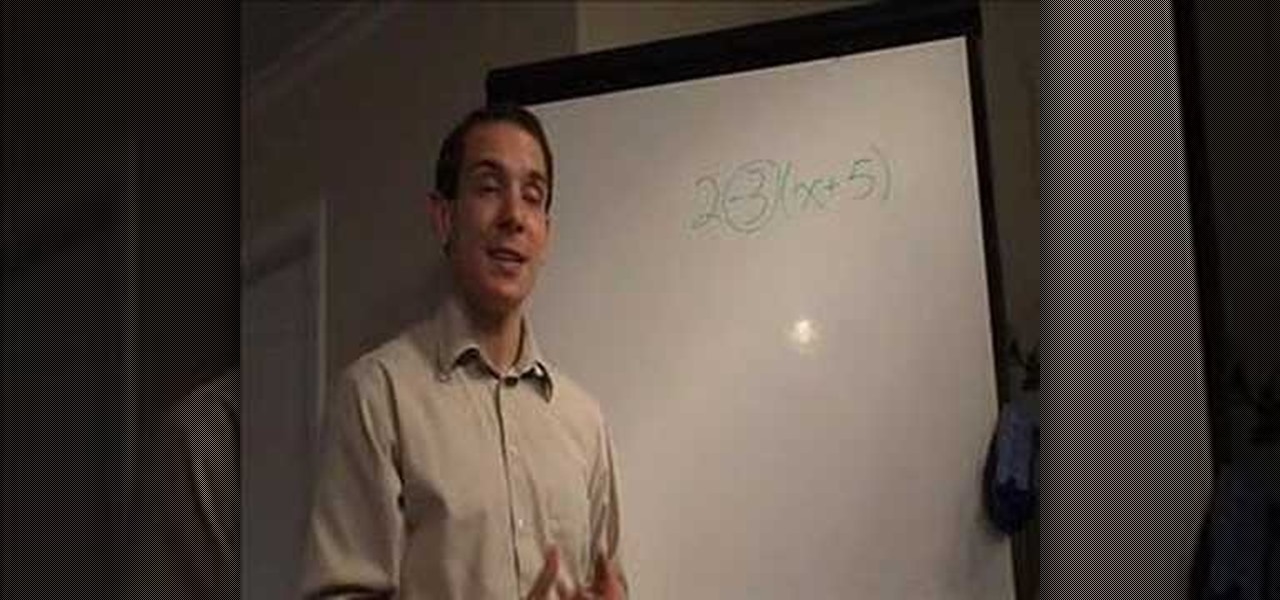
How To: Distribute algebra expressions
Learn how to distribute in simple algebraic expressions to help solve those mathematical equations.

News: Make an anti-gravity static powered floating orb
Think atomic theory is only for nerds? Think again. Make magical electrons dance right before your very eyes. This anti-gravity orb will move at your command.

News: Danes One Step Closer to DIY Suborbital Spaceflight
They've been at it for a few years now, but the crazy group of amateur rocket scientists who call themselves Copenhagen Suborbitals have triumphed over adversity, successfully launching their DIY rocket nearly 2 miles into the sky last Friday. The privately funded, non-profit aims to one day send human beings into suborbital space on the cheap, without the need of government budgets and administration.
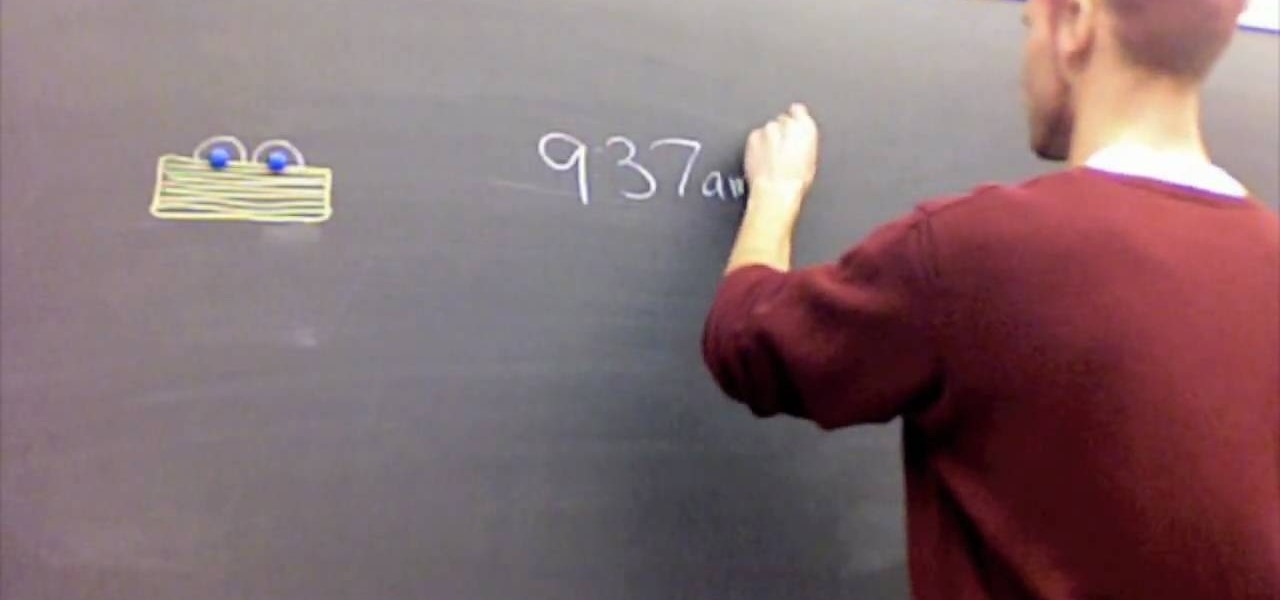
How To: Figure out elapsed time with Mr Binkley
This video is an entertaining way of learning how to quantify how much time has elapsed from one point to another. It opens with a mischievous person using an unauthorized computer, claiming he had only been on for a shorter time than what was calculated by the owner. The video then instructs how to figure out such a calculation by creating a T-chart. One the left side of the T-chart, the previous time is shown, along with new times as each hour or minute is added. On the right, the desired t...

How to Test diamagnetism: Antimagnetic water/hanging graphite
If you had to answer the following statement, which answer would you choose? Water is:
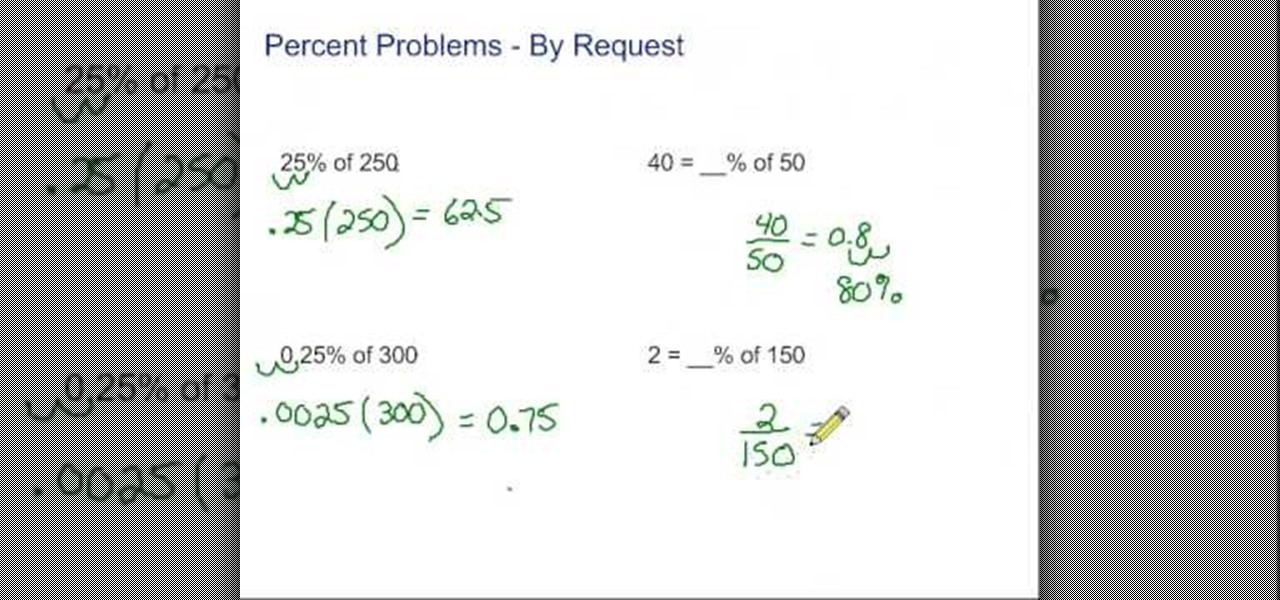
How To: Calculate percentages by example
In this tutorial the author explains of how to find percentages using examples. He explains that x percent of some number y is x multiplied by y and divided by 100. He goes on and explains this concept with numerous examples. He suggests a short cut to movie the decimal point of a number two digits to the left to divide that number by 100. The author demonstrates many more similar tricks and short cuts using which one can easily solve percentage problems. So if you are looking for a good tuto...
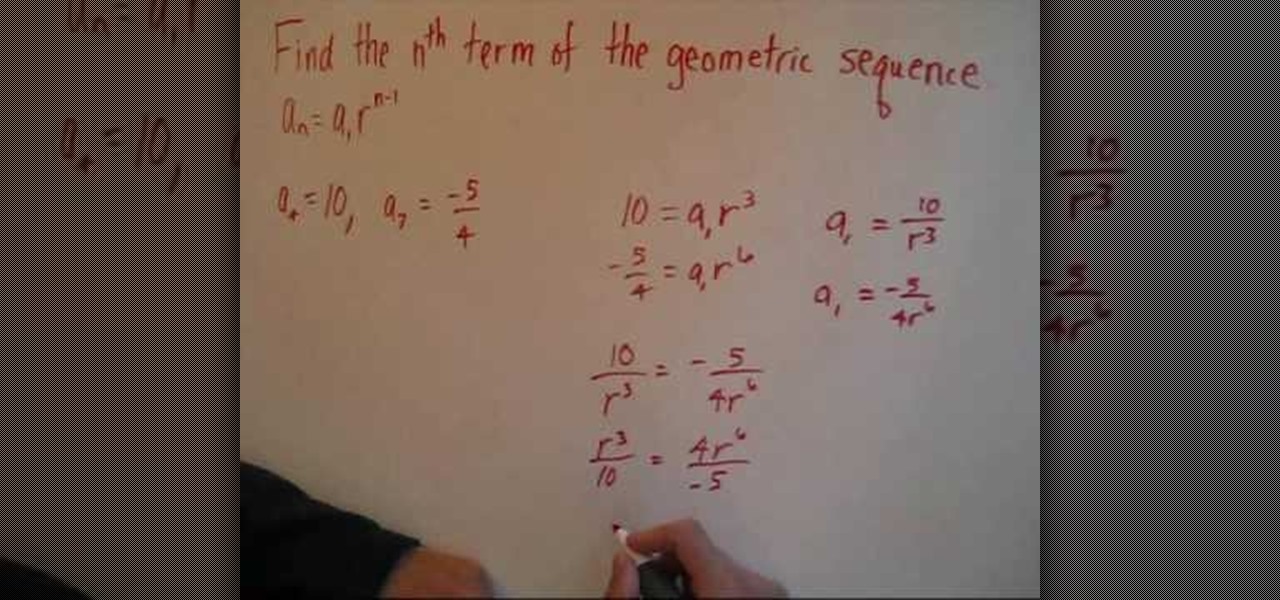
How To: Find the nth term of a geometric sequence
Looking for a primer on how to find the nth term of a geometric sequence? See how it's done with this free geometer's guide. From Ramanujan to calculus co-creator Gottfried Leibniz, many of the world's best and brightest mathematical minds have belonged to autodidacts. And, thanks to the Internet, it's easier than ever to follow in their footsteps (or just finish your homework or study for that next big test).

News: Bored? Get High Now (Using Your Computer)
For some of you out there, today may be a looooong Friday. But have no fear, if you've yet to furtively accomplish shaving off a few extra minutes from the office clock, there is an alternative for getting through the day: computer pharmaceuticals. Relax, moms, we're not talking illicit drugs. Computer pharmaceuticals (AKA: optical and audio illusions) are completely natural, harmless highs that promise to alter your perception and consciousness- without the risk of drugs or alcohol.

How To: Turn a penny into gold with common chemicals
This science experiment will show you how to turn a penny into gold with common chemicals. This video tutorial will demonstrate turning the copper penny into a silver penny and into a gold cent. All you need to make gold pennies is sodium hydroxide (also known as lye), zinc powder, a small glass beaker with some distilled water in it, a clean copper penny, a couple of measuring spoons, and a glass stirring rod.
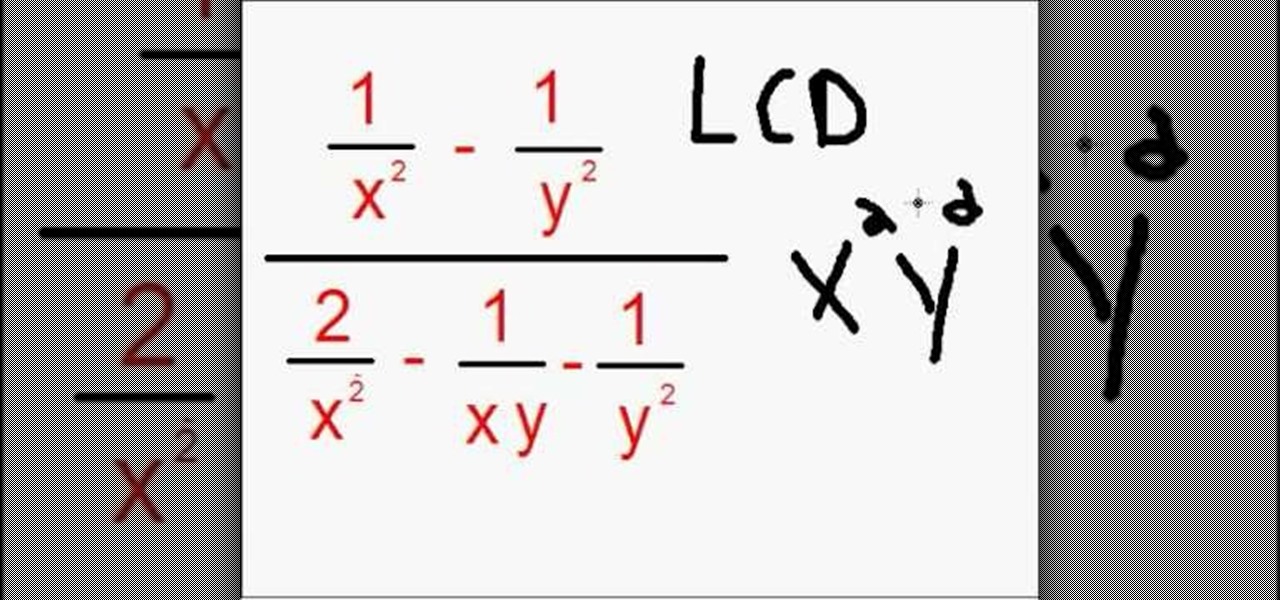
How To: Simplify complex rational expressions
In order to simplify complex rational expressions, it is important to be able to find the lowest common denominator. Complex rational expressions are fractions that are divided by fractions. When you have found the lowest common denominator, then, you should multiply both fractions by the common denominator.







